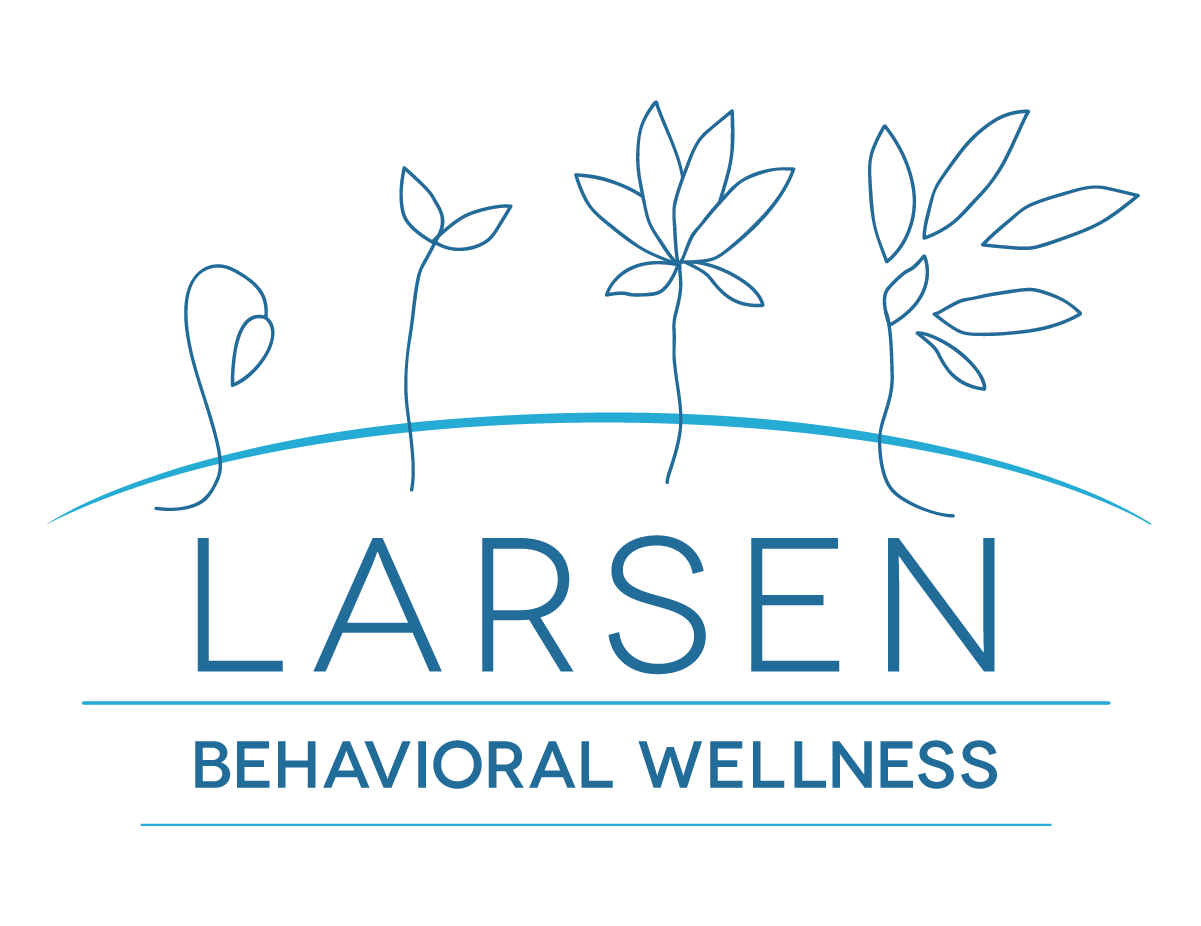How Does Trauma Create Lasting Changes in the Brain?
When speaking about trauma, we’re talking about a stressful event that created a lasting change in our brain. It can affect us on an emotional and psychological level. The changes can be physiological as well, literally restructuring how our brain develops.
A traumatized brain becomes trained to stay on high alert. It has programmed itself to seek and recognize similarities to the traumatic event as a survival mechanism. It’s a primal part of our biology and understanding how trauma restructures the brain can help you find a path toward recovery.
How Does Trauma Create Changes in the Brain?
Survivors of trauma often don’t recognize the changes in their behavior and their ability to regulate emotions at first. After trauma, our brains become dysregulated. We know post-traumatic brains physiologically shift in three major areas:
The Amygdala
Our amygdalas are a foundational part of our survival mechanisms. It helps us identify threats, and because of that, it’s very good at tagging which of our memories is associated with danger. The amygdala stores how we remember things emotionally.
Trauma sends our amygdala into panic mode, so it becomes overactive and starts finding danger all around us all the time. Overactive amygdalas can also cause:
A heightened sense of fear
Dysregulated self-soothing
Difficulty sleeping or insomnia
Near-constant stress
The physiological changes that happen to our amygdala during stress connect directly with some symptoms of PTSD. Someone with PTSD often has more severe fear responses. PTSD also presents often with insomnia and co-existing anxiety and depressive disorders.
The Hippocampus
One of the hippocampus’s primary functions is creating connections between our memories. It’s partially responsible for how we assemble our personal narratives. Trauma interrupts this process and causes damage to the cells in the hippocampus. That damage results in a disruption of our relaxation response.
Someone with PTSD might have a significantly smaller hippocampus than a non-traumatized brain. This physiological change makes it difficult for us to distinguish between past and present. A traumatized brain then associates current events, like certain sounds and smells, with trauma from the past. The dysregulated hippocampus is in a constant state of “on” and doesn't receive an “off” command from the rest of the brain.
The Prefrontal Cortex
Our prefrontal cortex helps us with reasoning. It also regulates and interprets our emotions, helps with impulse control, and handles our ability to solve complex problems. Research shows that trauma significantly diminishes our prefrontal cortex’s ability to function.
This creates an impact on how well we manage emotions or learn new information and it creates an innate barrier for our logical thinking. Research suggests this might be the reason someone with PTSD has uncontrollable and objectively irrational fears.
Spotting PTSD
The sooner you can spot symptoms of PTSD in yourself or a loved one, the faster you can help. Some symptoms of PTSD include:
Intrusive thoughts
Flashbacks
Nightmares
Avoiding anything that reminds them of the event
Negative self talk
Feelings of hopelessness
Trouble with short-term memory
Difficulty with decision-making
Feeling detached from loved ones
Emotional numbness
Significant or complete lack of positive emotions
Healing Trauma
Healing from trauma takes time, patience, and self-compassion. The good news is that you can heal. Our brains are capable of something called neuroplasticity. This essentially means that it can keep being reprogrammed. The help of a professional therapist can have a significant impact on your healing journey. Together we can discuss coping mechanisms that work for your lifestyle.
We can also diagnose any underlying issues like anxiety or depression. You and your therapist can also work on fully processing your trauma and the emotions surrounding it. It’s important to find a therapist with a trauma-informed approach—reach out today and let’s talk about your path toward healing through trauma therapy.

